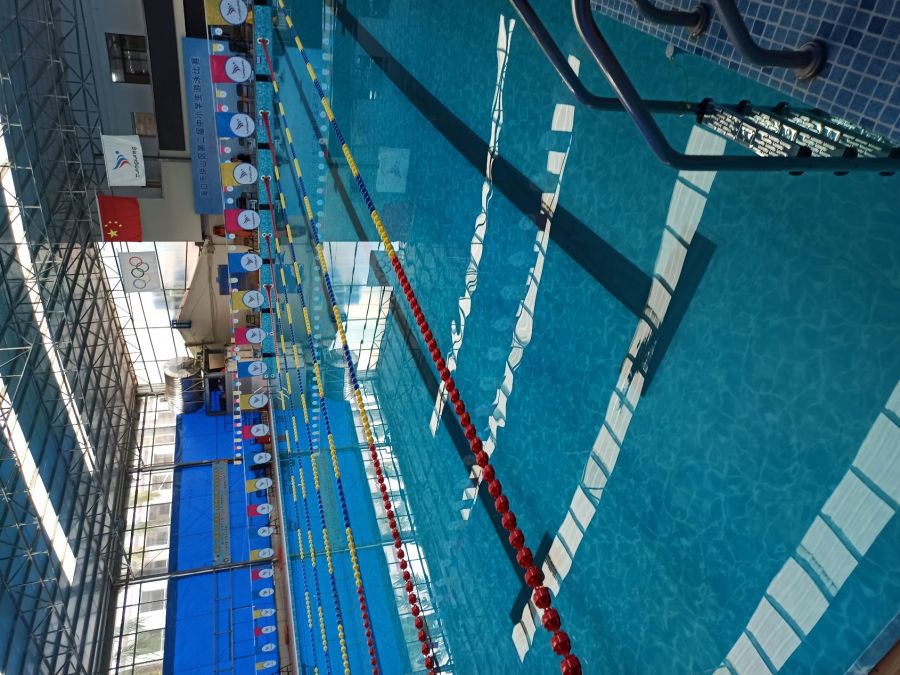The main reason for the discoloration of swimming pool water is the color of the water presented by the reflection and multiplication of chromogenic substances on a large area of the pool bottom. This means that the depth of the pool water color is proportional to the size and depth of the pool bottom area. When the concentration of chromogenic substances in the water is the same, the color of a large or deep pool will be darker and darker than that of a small or shallow pool, Just like using a beaker to take out green pool water or pumping it into a small pool, there is no color in it; The main reasons for the discoloration of pool water include green algae flooding, high content of colored minerals in the water, filter ejecta, primary color of disinfectants and chlorine deficiency, etc.
1. Algae Bloom:
When the water in the pool is under heavy load, disinfectants such as chlorine or ozone are busy destroying and decomposing the organic matter shed by swimmers, and have no time to take into account the green algae spores brought in by dust. When their growth conditions (light, temperature, carbon dioxide, fertilizer) are suitable, they immediately rapidly divide and grow, causing the pool water to turn green. For example, the hot summer thunderstorm, where rainwater converts nitrogen from the air caused by lightning into nitrate, the main fertilizer for green algae, and washes it into a swimming pool, is a typical example of green algae flooding.
2. The content of nonferrous minerals in water is too high:
When adding oxidizing disinfectants such as chlorine or ozone to warm, mineral water sources, swimming pools without heating costs, or newly flooded swimming pools, due to the large amount of water injected, the concentration of heavy metals such as iron, copper, or manganese in the water is high. When adding oxidizing disinfectants such as chlorine or ozone, they will form an oxidized state, causing the pool water to have strange colors. In addition, if copper sulfate, aluminum sulfate, or polyaluminum chloride are used, the pool water is prone to forming opaque blue colors such as copper hydroxide, copper carbonate, or milky white colors such as aluminum hydroxide due to inadequate control of total alkalinity.
3. Filter ejecta:
The pollution particles in the pool water are accumulated and concentrated by the filter, causing the filter layer to shift and loosen under certain specific factors, causing the dirt originally captured by the filter material to penetrate the filter layer (Breaking Through) and form dark green or black water to drag and leak out.
4. Primary color of disinfectant:
Chlorine in disinfectants and disinfectants is yellow green, with lower molecules that make it difficult to color in pool water, while bromine is a high molecular weight reddish brown color that tends to appear dark green when multiplied by the area reflection of pool water. In addition, chlorine dioxide, due to its strong fluorescent yellow nature, is prone to local or overall yellow-green water color due to dosing.
5. Chlorine deficiency:
When the swimming pool water is under heavy load, the CT value of chlorine chemistry cannot reflect the chlorine demand conditions of the pool water in real time. When the oxidation-reduction potential (ORP) of the pool water drops rapidly below 600mv, the organic matter in the pool water will appear white and turbid due to emulsification.
Post time: Aug-29-2023

